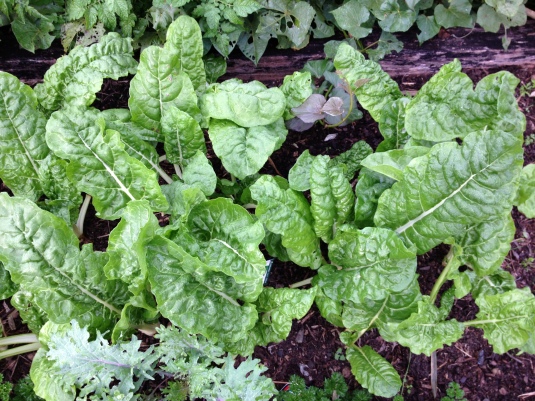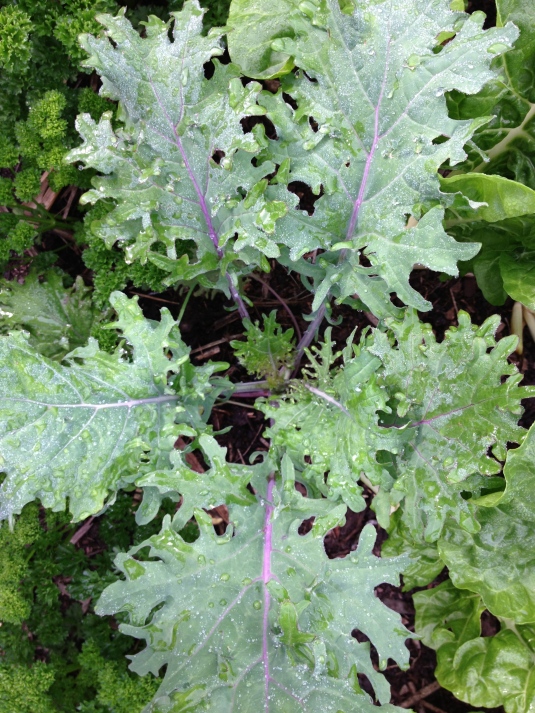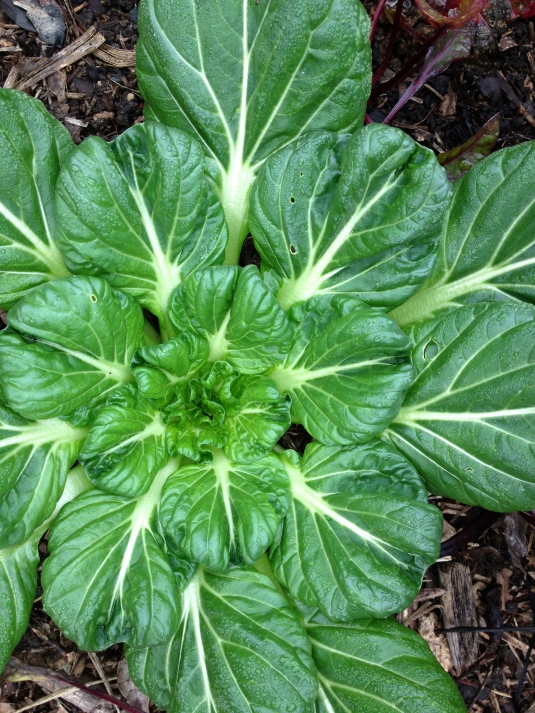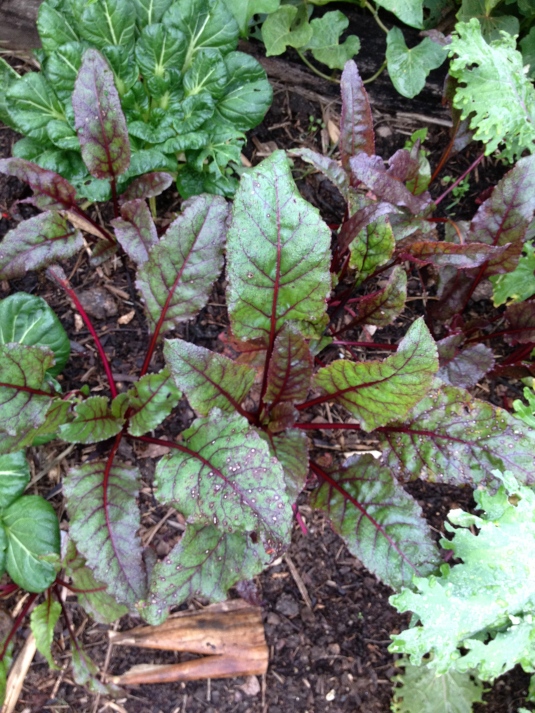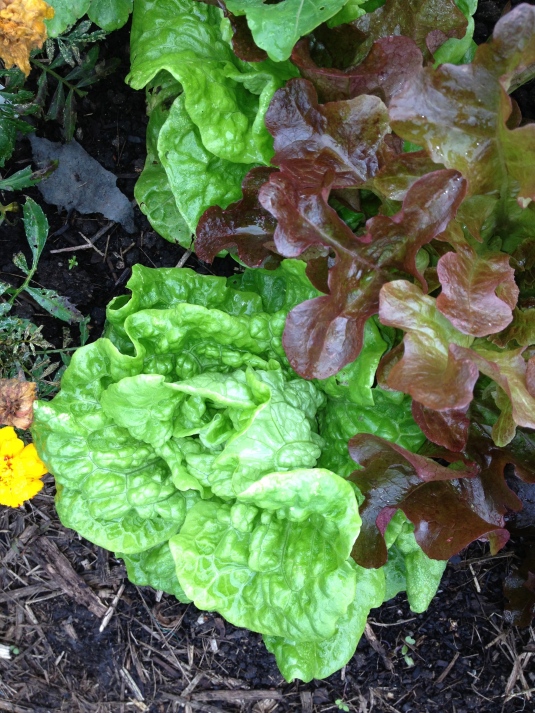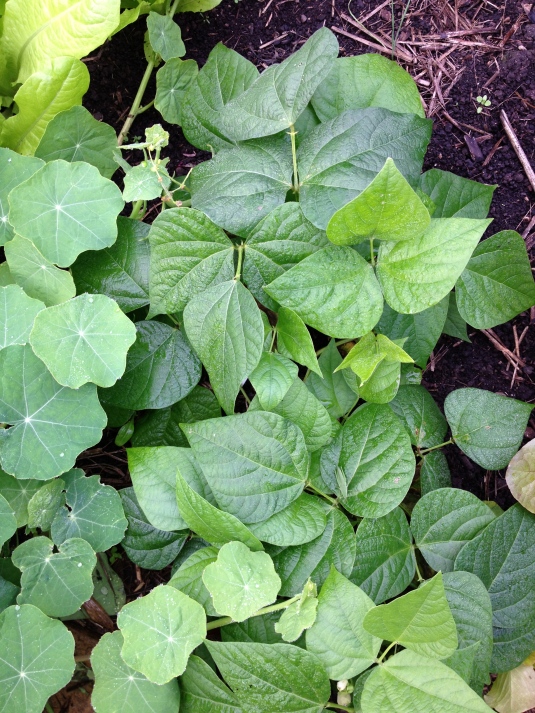Do you know how to give your spring onions a new lease on life?
Just recycle them.
I first heard this tip from Annette McFarlane who is a well known gardener, author and broadcaster in Brisbane. She is also a wonderful educator. I have attended lots of her gardening workshops put on by Brisbane City Council in libraries around town.
When you buy a bunch of spring onions just keep the roots and about 3 centimetres of the white part, plant them in the ground, and they’ll grow again. In fact you can see them sprouting green again in just a few days.
Have a look at these that I planted about four days ago. They’ll just grow like Topsy now and I can cut away at the green part ad-infinitum. Brilliant. No good of course if you want to use the white part too, but hey – how good is it to have the green parts to snip at to sprinkle over your salads, soups and stir fries.
Check out this link to Fusian Living to learn more on the subject.
I was entertained by this blog The Art of Doing Stuff and her Great Onion Experiment. Which proves that you don’t need to go to all that trouble. Just stick ’em in the ground and they’ll grow, we don’t need to get too precious about it. It works.
Nigel, I did this post for you – just to prove that I have other things going round my head besides sweet potatoes and chokos!
Jenny and Steve, thanks for the spring onions. They live again!
Happy gardening.








































